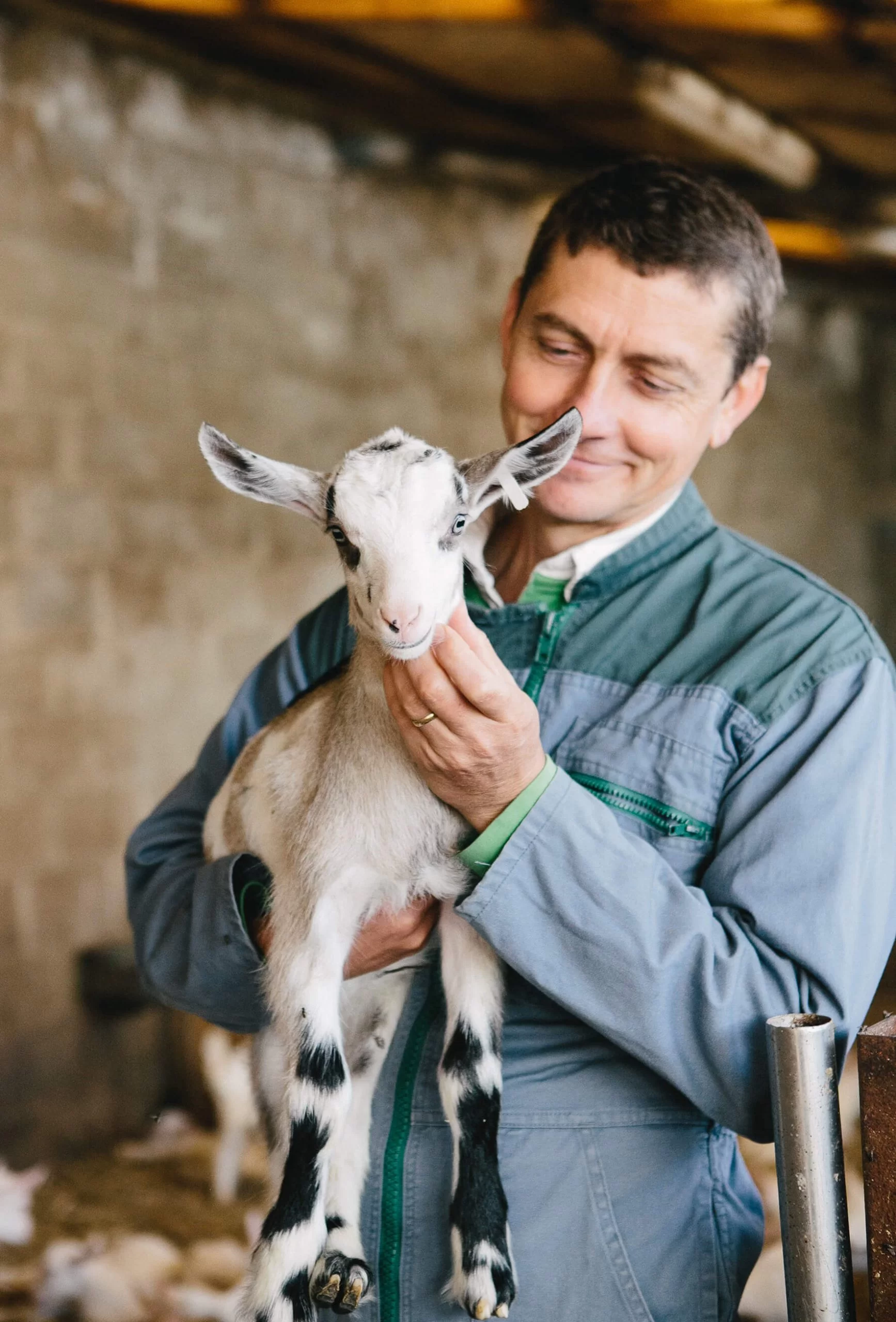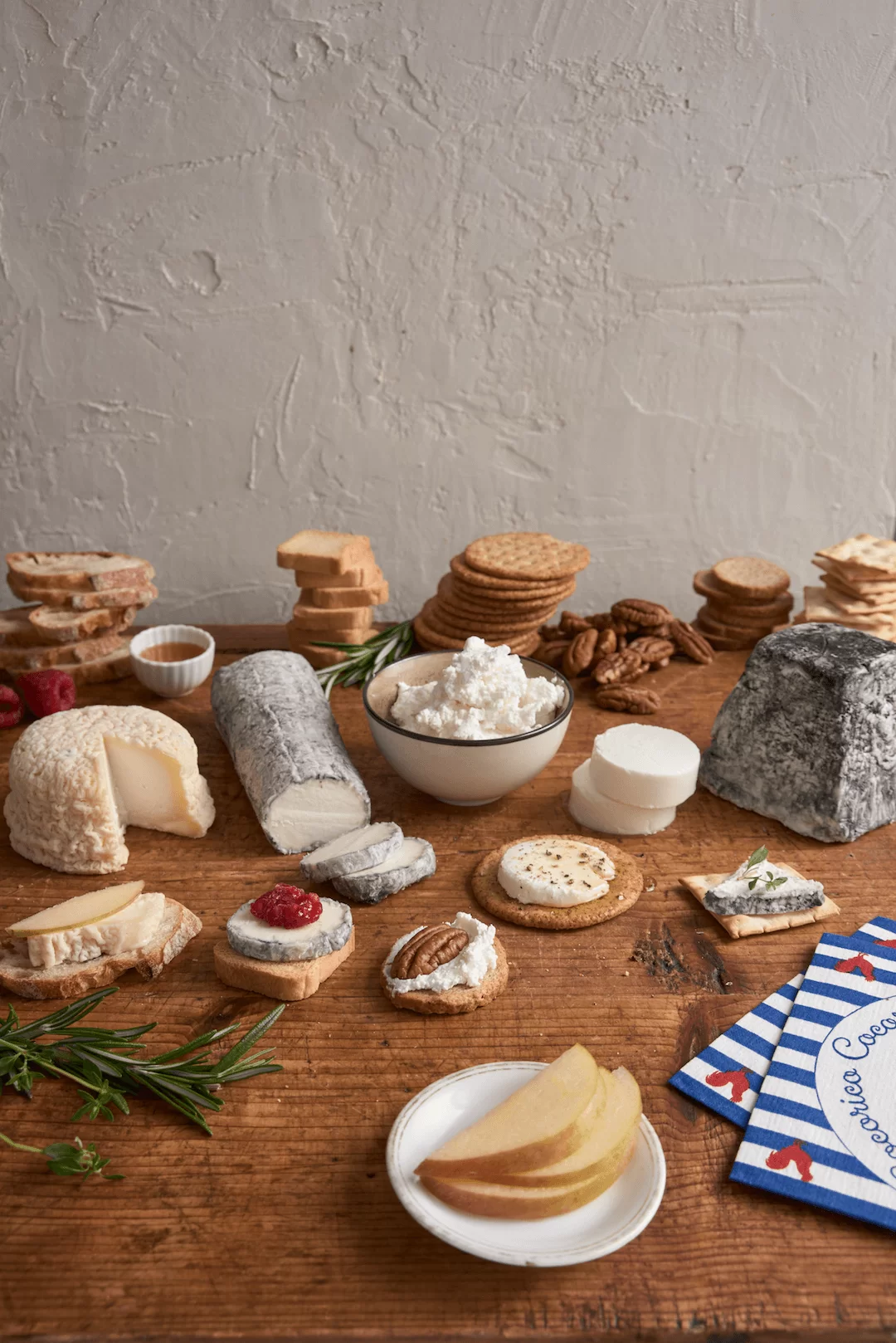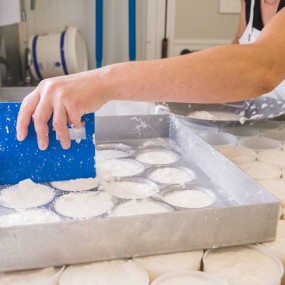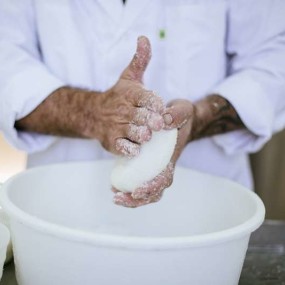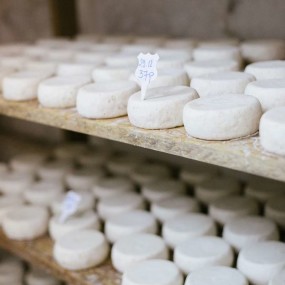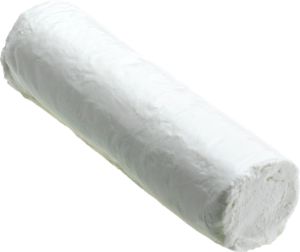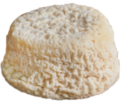A well-drained, well-matured goat cheese can last many weeks (or months) in a hâloir or room kept at a low temperature and humidity.
Chèvre in French simply means goat, and that’s where our story begins. Farmers who used fresh goat’s milk to make cheese have referred to it as chèvre for centuries, and the use of the word spread with the cheese’s popularity. The craft of making authentic, artisanal French chèvre has been passed down between generations of farmers for thousands of years.
“The Original Chèvre” is the first U.S. campaign for French goat cheeses. France is the country of origin for goat cheese ‘par excellence,’ the product of an expertise developed over centuries of artisan craftsmanship. First comes the milk, which is directly linked to the land, or terroir, where the goats roam. Historically, French chèvre has been produced in eight regions (Poitou-Charentes, Centre-Val de Loire, Bourgogne, Rhône-Alpes, Provence-Alpes-Côte d’Azur, Languedoc-Roussillon, Midi-Pyrénées, Aquitaine) south of the Loire River, where the geography, geology, and climate dictate the varieties of cheese made there.
The Original Chèvre campaign is funded and supported by the ANICAP, France’s Goat’s Milk Dairy Board, which represents all French goat’s milk producers and processors.




